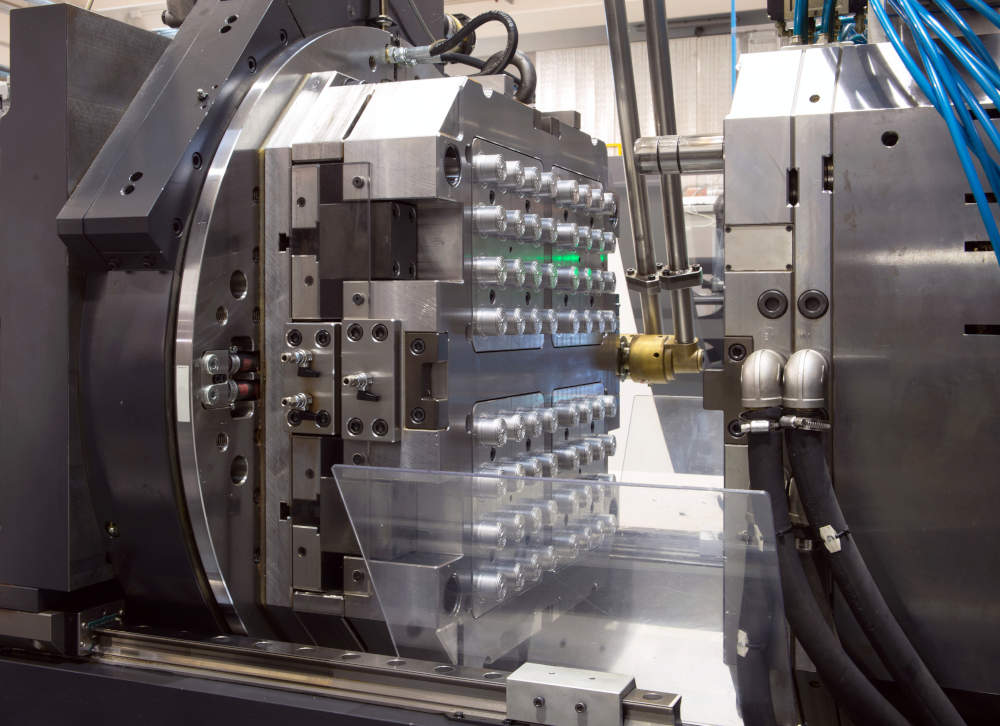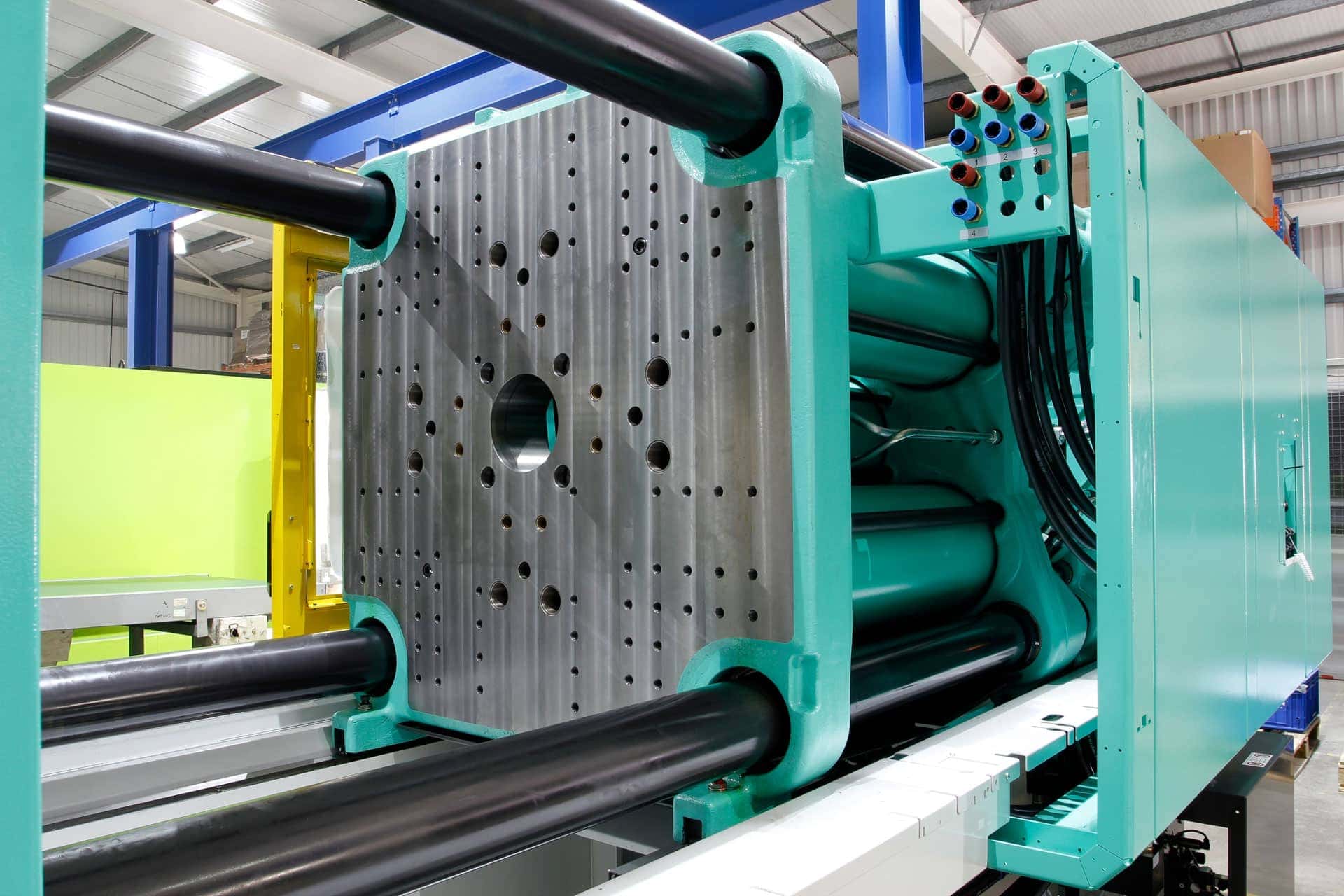The Effect of Plastic Injection Molding on Minimizing Production Costs and Waste
The Effect of Plastic Injection Molding on Minimizing Production Costs and Waste
Blog Article
Understanding the Fundamentals of Plastic Shot Molding Procedures
Plastic shot molding functions as a cornerstone of contemporary production, providing a methodical strategy to generating complex parts with precision. This process not just includes the fundamental actions of melting and injecting materials into molds but also includes a nuanced understanding of numerous affecting factors, such as temperature and pressure. As markets increasingly require efficiency and top quality, the complexities of this method end up being extra vital. Discovering these essential elements might disclose how even small adjustments can bring about significant enhancements in manufacturing results, questioning about the possibility for development in this well-known procedure.
What Is Plastic Injection Molding?
Plastic shot molding is a commonly used manufacturing procedure that transforms thermosetting and thermoplastic materials right into accurate and complex forms. This strategy is favored for its capability to produce high quantities of identical parts with phenomenal accuracy, making it a crucial method in different markets, consisting of automotive, consumer products, and clinical tools.
The procedure includes thawing the chosen plastic product and infusing it into a mold under high pressure. The mold, developed to the specifications of the desired component, allows the liquified plastic to form as it solidifies and cools. When the product has set, the mold and mildew is opened, and the ended up part is ejected.
Plastic injection molding uses several benefits, consisting of reduced waste, uniformity in production, and the capability to integrate detailed styles that might be testing with other manufacturing approaches. In addition, it supports a wide range of materials, each providing one-of-a-kind buildings that can be customized for details applications. As industries remain to innovate, plastic injection molding remains at the forefront, allowing the growth of sophisticated items that satisfy progressing consumer demands.
The Injection Molding Process
The injection molding process is an advanced technique that involves several key phases to generate high-grade plastic parts. Plastic pellets are fed into a heated barrel where they are thawed right into a thick liquid. This molten plastic is after that infused under high pressure right into a precision-engineered mold and mildew, which shapes the material right into the preferred type.
Once the mold and mildew is filled up, the plastic is allowed to strengthen and cool down, taking the shape of the mold and mildew tooth cavity. Cooling time is essential, as it affects the cycle time and the last residential properties of the molded component. After adequate cooling, the mold and mildew opens, and the ended up component is expelled utilizing ejector pins.

Products Made Use Of in Shot Molding
Numerous products can be made use of in the shot molding procedure, each offering one-of-a-kind residential or commercial properties that accommodate particular applications. The most typically utilized materials include thermoplastics, thermosetting plastics, and elastomers.

Thermosetting plastics, like epoxy and phenolic materials, go through a chemical adjustment throughout the treating process, leading to an inflexible, inflexible framework. These products are perfect for applications calling for high heat resistance and structural stability, often utilized in vehicle components and electric insulators.
Elastomers, including silicone and rubber-based materials, supply adaptability and resilience. Their distinct buildings make them appropriate for applications that require elasticity, such as seals and gaskets.
Furthermore, specialized products like bio-based plastics and composites are gaining traction for their environmental advantages and enhanced performance attributes, widening the scope of injection molding applications in various industries. Comprehending the buildings of these products is crucial for selecting the suitable type Read Full Report for particular jobs.
Advantages of Injection Molding
Injection molding stands out as a highly reliable production procedure that uses many advantages for creating complex get rid of accuracy. Among one of the most considerable benefits is the ability to create detailed layouts that would be difficult or tough to accomplish with other methods (Plastic Injection Molding). The procedure enables tight resistances and detailed attributes, guaranteeing premium components
In addition, shot molding is known for its quick manufacturing capabilities, making it an ideal selection for high-volume manufacturing. As soon as the mold is produced, parts can be created quickly, lowering click for source preparations and increasing total efficiency. This efficiency not just lowers manufacturing costs yet likewise gives a competitive side out there.
The flexibility of products used in shot molding further improves its allure. A large range of thermoplastics and thermosetting polymers can be employed, enabling manufacturers to choose products that best fulfill their specific demands, consisting of versatility, warm, and toughness resistance.
Moreover, the process lessens waste, as excess product can often be recycled and recycled. This sustainability facet adds to a reduced environmental effect, making shot molding a liable manufacturing choice. In general, the benefits of shot molding make it a favored technique for many sectors.
Elements Influencing Item Top Quality
While numerous factors can influence product high quality in injection molding, comprehending these aspects is vital for attaining optimum outcomes. Trick facets consist of product option, refining specifications, and mold and mildew style.
Material selection plays an important role, as different polymers exhibit unique homes that impact flowability, strength, and thermal stability. Poor product selection can cause flaws such as warping or incomplete dental filling.
Handling specifications, including cycle, temperature, and pressure time, should be meticulously regulated. Variants in these settings can cause incongruities partly dimensions and surface area coating. As an example, exceedingly heats may create deterioration of the polymer, while inadequate pressure can result in brief shots.
Mold layout is similarly important, as it establishes the flow of the molten plastic and the cooling procedure. Improperly designed mold and mildews may bring about unequal air conditioning rates, causing recurring anxieties and dimensional inaccuracies.

Verdict
In verdict, plastic shot molding offers as an Visit Website essential production procedure that makes it possible for the effective manufacturing of top notch elements. Mastery of the injection molding procedure, consisting of the understanding of products and the influence of different elements on product top quality, is vital for accomplishing optimum results. The advantages of this technique, such as cost-effectiveness and layout adaptability, additional underscore its importance across multiple sectors, strengthening its condition as a preferred choice for high-volume manufacturing.
Plastic injection molding serves as a keystone of contemporary manufacturing, providing a systematic technique to producing complex parts with precision.Plastic shot molding uses a number of advantages, consisting of decreased waste, uniformity in production, and the capability to include elaborate layouts that might be challenging with various other making techniques (Plastic Injection Molding). As industries proceed to innovate, plastic shot molding remains at the center, allowing the growth of advanced items that meet advancing consumer needs
The injection molding process is an innovative method that entails a number of vital stages to generate top quality plastic parts.In conclusion, plastic shot molding offers as a vital production process that makes it possible for the efficient production of top quality components.
Report this page